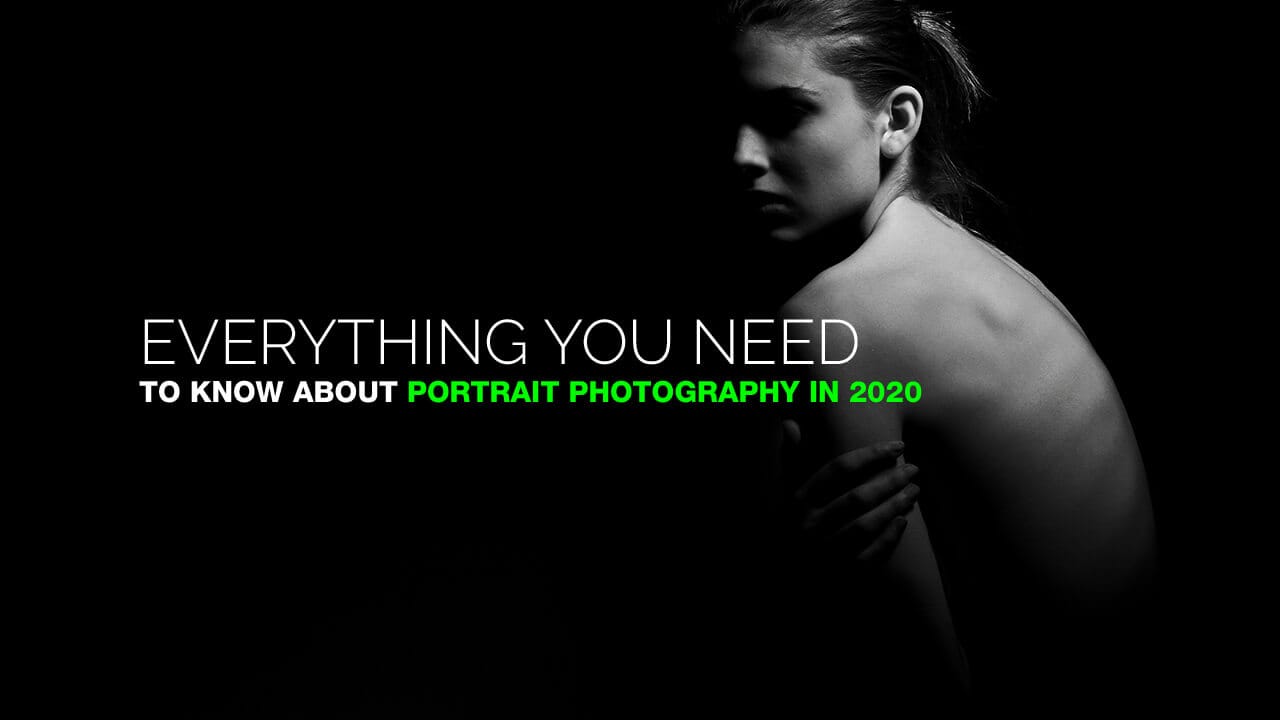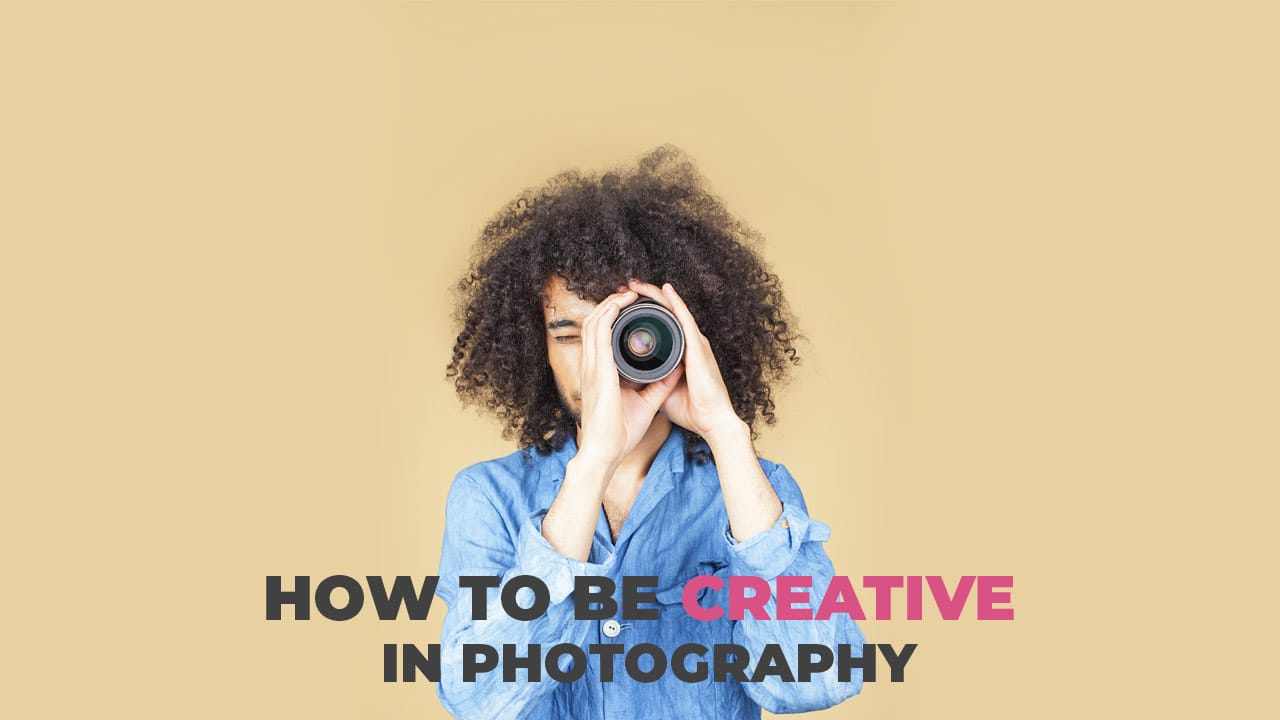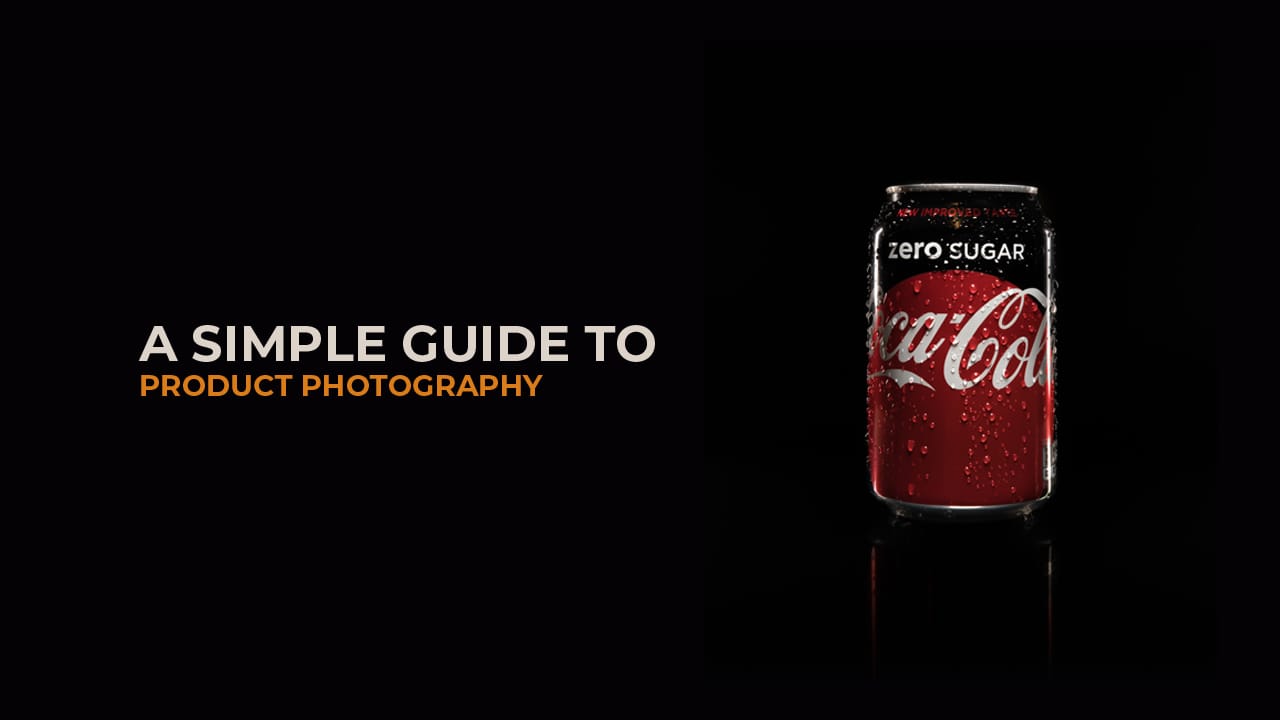Portrait photography is the one thing that many people get confused about. You also might have contacted many photographers to give some detailed ideas of portrait photography. If the answer could not satisfy you, then I hope today is the day you will get your answer. To know about the basics of portrait photography, hang on to this article. Here I will share some portrait photography tips for beginners.
Things that make portrait a portrait

Portrait photography in its most perfect structure is basically taking pictures of individuals or in some cases even yourself. In spite of the fact that, as you may figure, there is a couple of a bigger number of intricate details and delicacy than simply that. The vast majority think about a portrait as basically a preview of an individual at a specific time. That is what a photograph is in any case, correct? Despite the fact that checking by the way that you’re here and understanding this, you are likely more inspired by photography than others.
Likewise, with all types of photography, there are numerous branches and sub-branches to comprehend that endlessly contrast from each other. So how about we answer the inquiry, “what is picture photography” somewhat more completely.
Well, you will find several types of portrait photography to be true. Such as plain-jane portraits, lifestyle portraits, family portraits, environmental portraits, fine art portraits, etc. However here I will discuss how to shoot a portrait and what you have to keep in mind.
A Perfect Background (Portrait photography)

In portrait photography, the background is similarly as significant as the subject. An occupied or diverting background will remove consideration from the individual in your photograph. For the most part for representation photography, you’ll need a nonpartisan, uncluttered background that won’t divert the watcher from your picture subject. In any case, you don’t need to pick a totally simple background. For example, an intriguing divider or fence could give a magnificent fly of shading or surface. Another procedure is to remember an article for the foundation to give included intrigue or setting. For instance, a craftsman before her easel, an angler before a vessel or a performer before her guitar. Though in some business background removal is a requirement, here it is important.
Get your Portrait Subject ready (Portrait photography)

Indeed, even the best, most costly camera gear will deliver poor outcomes if your subject isn’t prepared, agreeable, loose and feeling their best. Being short is a significant unnatural and hence upsetting experience for the subject, so your activity as a picture taker is to make the experience basic, fun and peaceful. Break the ice by making casual conversation. Regardless of whether you realize the individual well, they may even now be feeling troubled.
Clarify the sort of shot you need – or solicit them what kind of shot they’d like. Be available to proposals from your subject. For youngsters picture photography, get down to their level and converse with them tenderly. Reveal to them you will have some good times. What’s more, urge them to play and disregard the camera. In the event that conceivable request that your subject wear impartial hues – ideally dim hues – in light of the fact that this enables your subject’s face to stand apart better.
Check your subject over for whatever may be diverting, for example, cushion on garments, lopsided fastens and zips, collars, lapels, garments riding up, shirt half took care of, and so on.
Perhaps the best readiness you can make is to be readied yourself. Have your camera and any extra gear set up, and step through a couple of exam shots before anticipating your subject’s complete consideration.
Pose Your Subject (Portrait photography)

Since your subject is prepared, agreeable and loosened up you have to keep them that path all through the shoot. Work rapidly however unquestionably and smoothly, giving them clear guidelines as you shoot. It’s far-fetched they’ll realize how to posture for you so you’ll have to give them consistent direction. Try not to overpower them with confounded solicitations. Simply get them to make little, straightforward changes, for instance, “Raise your jaw a bit,” “Fix your back,” or “Now take a gander at me. “How about we investigate some unique presenting strategies that you could attempt. Have your subject plunk down. This keeps them still and they’ll feel progressively loose and agreeable.
Have the subject lean marginally towards the camera for an all the more captivating posture (or shoot somewhat from above to get a similar impact). Have their body and shoulders dismissed somewhat from the camera for a characteristic vibe? Or on the other hand, for an increasingly angry picture, have their shoulders square-on to the camera as demonstrated as follows. For something somewhat extraordinary, shoot from a strange point of view, for example, exceptionally low or extremely high. Midriffs can look slimmer if the subject turns their abdomen away from the camera.
Focus On The Eyes (Portrait photography)

Portrait photographs look best if the eyes are in sharp core interest. This improves the feeling of the eye to eye connection between the subject and watcher, making a ground-breaking and drawing in the photograph. Along these lines, when shooting pictures, particularly with a shallow profundity of field, ensure you set your center point cautiously.
Your camera undoubtedly has a few Autofocus/AF focuses which are obvious in the viewfinder. Select the focal AF point utilizing the AF alternative in your camera, at that point position the focal center point legitimately more than one of the subject’s eyes. Presently half-press the camera’s shade catch to bolt center. On the off chance that it is vital, move the camera to recompose your went for the best piece, at that point press the shade button down to take the shot.
In the event of recomposing, guarantee you don’t change the separation between the camera and the subject, in any case, the eye will never again be in the center. Numerous cameras offer the capacity to amplify the scene in the viewfinder which is priceless for checking the center before shooting. To truly make your subject’s eyes “pop” attempt the accompanying stunt that all the best proficient portrait picture takers use. Just guarantee your light source is reflecting in your subject’s eyes, as appeared in the photograph beneath.
Conclusion
People cherish Portrait photography in their hearts. Because it is very close to their feelings. So while shooting portrait photography you should keep in mind that you are shooting a subject. And it should be in the correct pose. Your focus should be on the eyes. Then your photographs will be good enough.











































